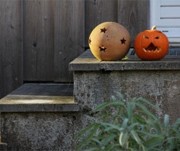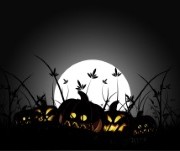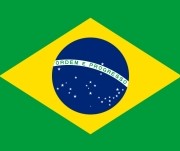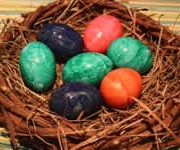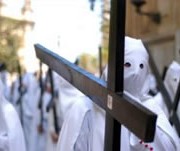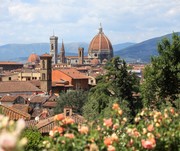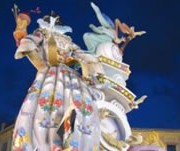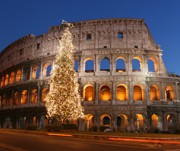10 things you should know about Halloween in America
If you’re planning to learn English or gain a TEFL qualification in the US around Halloween, you’re in for some fun!
1. Halloween is HUGE in America. In fact, it’s the second most commercially successful holiday after Christmas. It is estimated that one quarter of all candy purchased in the US is for Halloween, and overall spending for the holiday usually totals over $5 billion USD!
2. Irish immigrants were the ones to bring the festival to America. Anoka, Minnesota, is said to be the first city in America to have held official Halloween celebrations, in 1921, although Salem, Massachusetts, claims to be the “Halloween Capital of the World”. The town is best known for the notorious witch trials that occurred there in the 17th century.
3. The Village Halloween Parade in New York City is the largest celebration of its kind in the world and has been picked by Festivals International as “The Best Event in the World” for October 31st. The theme for 2014 is “The Garden of Earthly Delights”. Just don’t forget your costume or you won’t be allowed in the parade!
4. A popular tradition followed by American children on Halloween is to go trick-or-treating. They dress up in fancy dress and go from house to house in their street asking “trick or treat?” According to tradition, children threaten the house owners with some sort of (harmless) mischief, unless they are given treats. It is believed that the tradition dates back to early Souls Day Parades in Europe, when poor citizens would beg for food and families would give them pastries called “soul cakes” in return for their promise to pray for the family’s dead relatives.
5. A ‘treat’ in America is generally some kind of sweet or chocolate – ‘candy’ as it’s known in America.
6. In America, the traditional pumpkin with a cut-out face is known as a ‘Jack O Lantern’. Traditionally, turnips were used in Europe, but immigrants to North America chose to use the native pumpkin, which was more readily available.
7. Halloween parties are usual for the 31s October and normally involve dressing up in costume too. Normal fancy dress costumes are witches, wizards, black cats, ghosts, goblins, vampires and skeletons, which have all evolved into symbols of Halloween.
8. In larger cities, children in fancy dress and their parents gather at shopping malls early in the evening, when shops and businesses give parties with games and treats for the children.
9.”Trick-or-Treat for UNICEF” has become a common sight during Halloween in North America too. It began as a local event in a Philadelphia neighborhood in 1950 and expanded nationally a few years later. These days, corporate sponsors like Hallmark collect for charity donations at this time of year.
10. In America, it’s common to send Halloween cards, a practice which dates back to the early 1920’s. These days, over 28 million Halloween cards are sent each year.
Cactus offers English courses in a range of destinations across the US and Canada. Please visit the Cactus Language website for full details.

